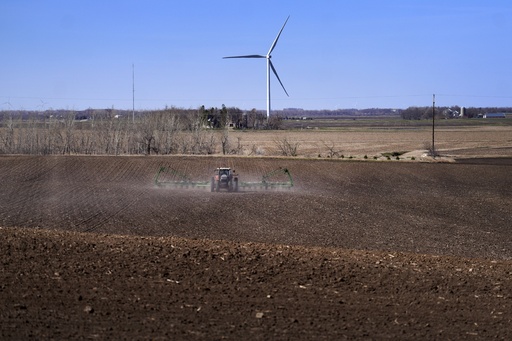Minnesota Governor Tim Walz recently shared his state’s progress in transitioning to renewable energy sources at a clean power conference in Minneapolis. Despite achieving over half of its energy from renewables, Walz emphasized the need to update outdated permitting laws to reach the goal of 100% clean energy.
Following Walz’s remarks, he signed legislation to streamline the permitting process for clean energy projects in Minnesota. This legislative change eliminates the requirement for developers to prove the necessity of a project within the state’s energy system and removes the need to explore alternative sites and transmission routes, thereby reducing potential opposition.
Walz’s efforts to address barriers to clean energy transition at the state level have garnered attention since being chosen as Kamala Harris’ running mate. His experience in enacting these laws in Minnesota could position him as a climate leader if elected into national office.
While replicating Minnesota’s permitting reforms at the federal level may face challenges due to political divides, other states like New York, California, Illinois, and Michigan have made similar strides in updating permitting processes to accelerate the adoption of clean energy. The speed of transitioning to renewable sources is crucial in combating climate change, as delays in permitting can hinder progress.
Research indicates that permitting processes often contribute significantly to the timeline of renewable energy projects, with local ordinances and community opposition cited as common causes of delays and cancellations. Industry experts emphasize the importance of streamlined permitting procedures to advance climate goals efficiently.
The Minnesota Chamber of Commerce acknowledged the need for broader industry reform beyond the clean energy sector. Governor Walz’s successful legislation in Minnesota serves as a model for other states to follow, demonstrating that bipartisan cooperation is possible to advance environmental and economic goals.


